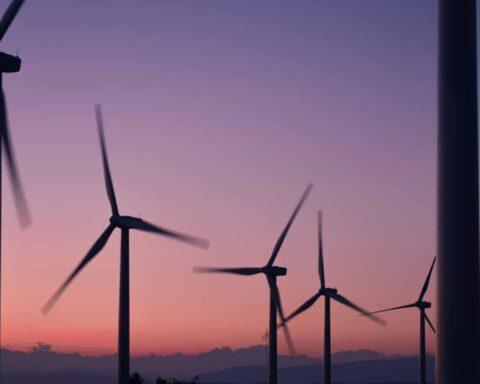Hundreds of enormous sequoias may have been killed by flames, according to a California authority
Hundreds of enormous sequoias may have died as the KNP Complex Fire raged through Redwood Mountain Grove, the world’s largest and the cradle of current prescribed burning technology. Early Monday, a high-severity fire swept over the grove, generating its own weather — a gigantic fire cloud that blasted singed sequoia needles to adjacent Hume Lake in California’s Sequoia National Forest.
Because of the amount of dead trees in the area and the steep, uphill terrain – factors that have resulted in blazes capable of gravely harming the legendary giants, experts said – scientists prepping the grove ahead of the KNP’s arrival had designated 400 sequoias as “high-risk.” Aerial personnel had planned to sprinkle fire-resistant gel on the sequoias’ treetops, where they are most sensitive to fires, but the operation was cancelled due to dangerous conditions. The fire burned hot enough to cause the kinds of crown flames that have already destroyed thousands of sequoia trees across the southern Sierra Nevada, according to heat mapping done in the days since. The fire’s arrival in Redwood Mountain Grove comes just weeks after the KNP Complex erupted, just as firefighters were beginning to gain considerable control of the 130-square-mile inferno in Sequoia and Kings Canyon national parks.
“I’m trying not to worry about it because there’s so much uncertainty,” said Christy Brigham, the parks’ chief scientist. “I sobbed uncontrollably when I first saw the smoke cloud.” Despite several concerning signals, Brigham is optimistic about the grove’s future prospects: Only three years ago, prescribed burning took place at the edge of the stand, and images taken from Generals Highway show mature sequoias with robust “broccoli tops.” The fate of the Redwood Mountain Grove won’t be known for sure until firefighters gain access to the area, which should happen within the next week, according to Brigham.





























